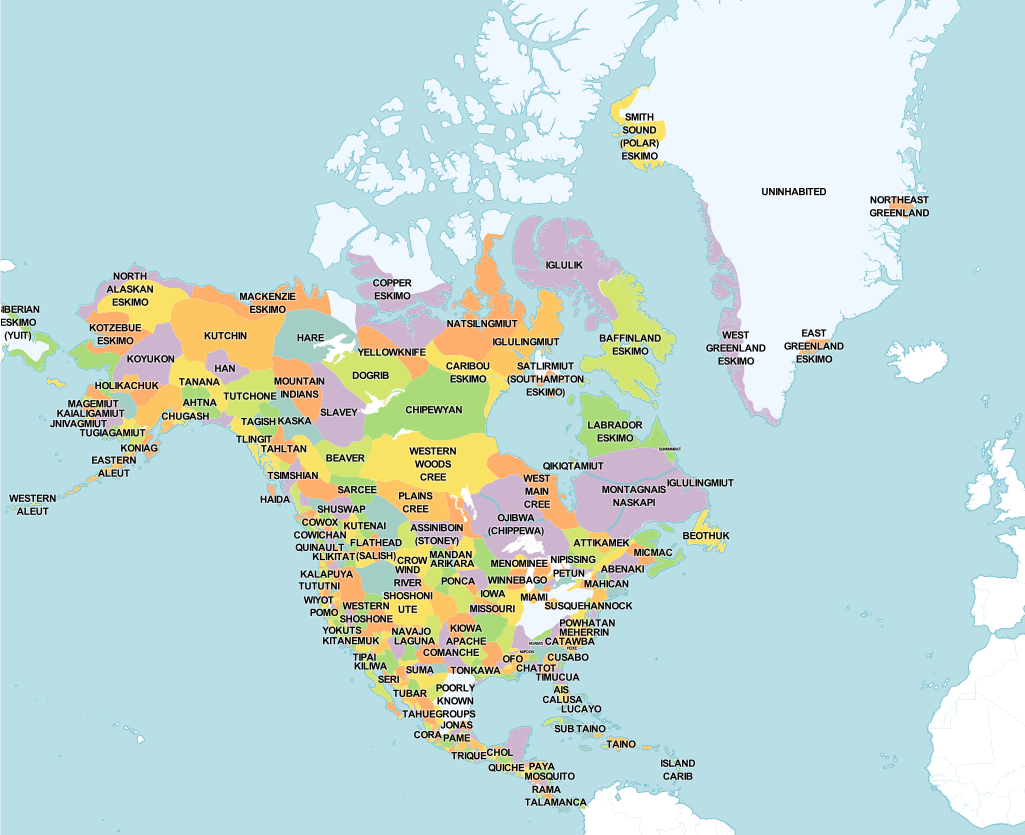By Val Laurianti (she/hers)

The boundaries drawn that make up the United States are the result of years of colonialism, violent conflict, and legal frameworks that privileged concepts of manifest destiny and Lockian ideas of private property. Coerced, illegitimately, and broken signed treaties with indigenous nations are a part of how the United States bounds its territory. Borders, by nature, create zones of exclusion and inclusion. Yet echoing the activist phrase of “no one is illegal on stolen land”, the right of the federal government to determine who is allowed to occupy and move in and out of its borders is lacking in legitimacy. Immigration discourse in the United States often tends to be dominated by discussion of the U.S.-Mexico border and is heavily racialized. Yet, there is another salient question of immigration rights, race, and the legitimacy of colonial boundary maintenance at the U.S.-Canada border.
For indigenous nations, their land claims predate, transcend, and do not conform to colonial borders, meaning there are many nations that exist across both sides of the land now called Canada and the United States. Political, cultural, familial, spiritual, social, and economic processes happen across these imposed international lines. Thus, it is an important right for indigenous people whose nations are split by colonial borders to be able to live their lives fluidly across them. It is also a right recognized by the United States and Canada through the Jay Treaty, which was signed in 1794 and granted indigenous peoples both free passage and duty-free transportation of goods. The duty-free goods agreement is no longer implemented.
Newer legislation further restricts border passage rights via colonial knowledge production about race. The United States Immigration and Nationality Act created a policy in which a person needs to legally prove they have at least 50% “American Indian Blood”, to be allowed free entry and egress. Additionally, only certain communities count as “federally recognized tribes”, and are able to access border passage rights. Not meeting the legal bounds of blood quantum clearly doesn’t mean that the person doesn’t have an identity and experience of being indigenous. Many indigenous nations also welcomed people into their communities, particularly black people who recently were freed or escaped from slavery. Descendants of these individuals may face hardship in being able to meet blood quantum standards. Those whose historical records of ancestors have been lost, which could include those who were forcibly disconnected from their communities during the Sixties Scoop, would also be unable to meet quantum policy.
This not only presents a disturbing asocial and eugenicist construction of race but also is inconsistent with how many nations and tribes self-determine membership. Over 70% of nations and tribes do use various percentages of blood quantum for self-determination of their membership lists, but others use different methodologies, including lineal descent. As generations continue down the line, fewer and fewer indigenous people will be able to access their rights of passage under current blood quantum practices. This legal erasure of identity and violation of rights and sovereignty falls under the continued cultural genocide facing indigenous peoples across the world.
There are ongoing protests and resistance to blood quantum policies, with most advocates arguing that each tribe be allowed to individually determine how they want to allocate membership. Self-determination recognizes tribal sovereignty and allows for decolonial work around identity construction. In 2018, a bill was proposed in the House to relax blood quantum requirements, but it never came to a vote.
Ensuring indigenous people can access their land claims and the right of free and fluid passage across the U.S.-Canada border is both a legal and moral issue. Legally, removing blood quantum is a very important aspect of the government taking responsibility for past treaty agreements. It is also essential to the continued preservation of indigenous places and communities. Furthermore, the conflicts that arise out of the concept of indigenous free passage rights is an entry point into broader critiques of what purposes borders serve, what harmful structures they may uphold, and how settler colonialism continues to have a pervasive effect on both policy and people’s daily lives.
